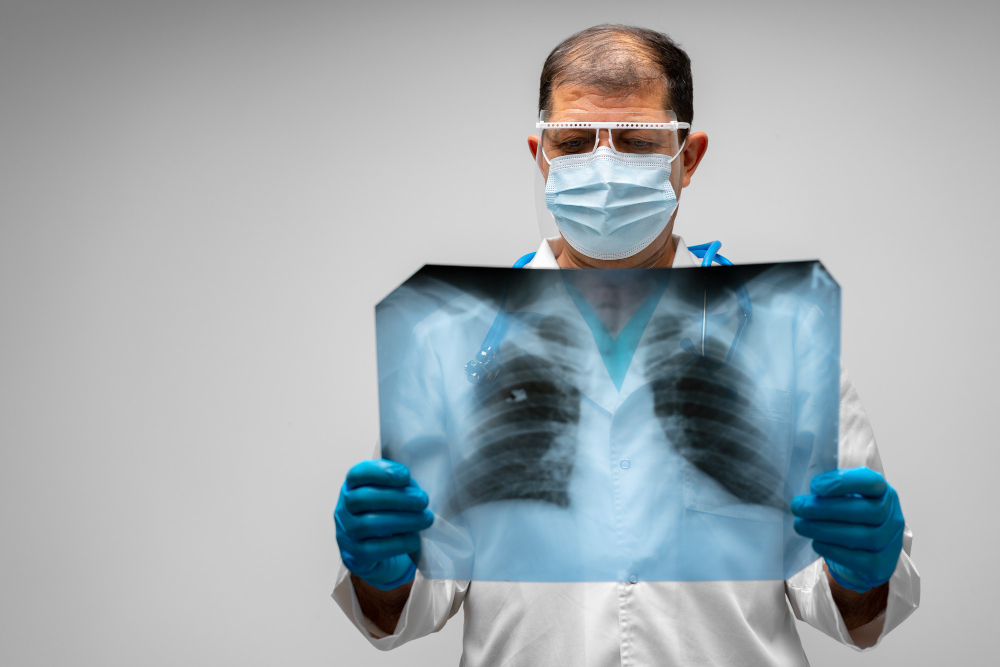Respiratory Distress

Respiratory distress, often a sign of underlying respiratory conditions or medical emergencies, occurs when there is difficulty breathing or inadequate oxygen exchange in the lungs. This can manifest as shortness of breath, rapid breathing, wheezing, chest tightness, or cyanosis (bluish discoloration of the lips or skin). Causes of respiratory distress may include asthma, pneumonia, chronic obstructive pulmonary disease (COPD), pulmonary embolism, or severe allergic reactions. Prompt medical evaluation and intervention are essential to identify and address the underlying cause, alleviate symptoms, and prevent respiratory failure. Treatment may involve supplemental oxygen therapy, bronchodilators to open airways, corticosteroids to reduce inflammation, antibiotics for infections, or mechanical ventilation in severe cases.
- Immediate assessment of vital signs including oxygen saturation levels, respiratory rate, and heart rate to determine the severity of respiratory compromise.
- Administration of supplemental oxygen via nasal cannula, face mask, or non-invasive ventilation to improve oxygenation and relieve breathing difficulty.
- Monitoring for signs of respiratory failure such as altered mental status, worsening oxygen saturation, or respiratory fatigue, which may necessitate escalation of care to intensive care units for advanced respiratory support.
